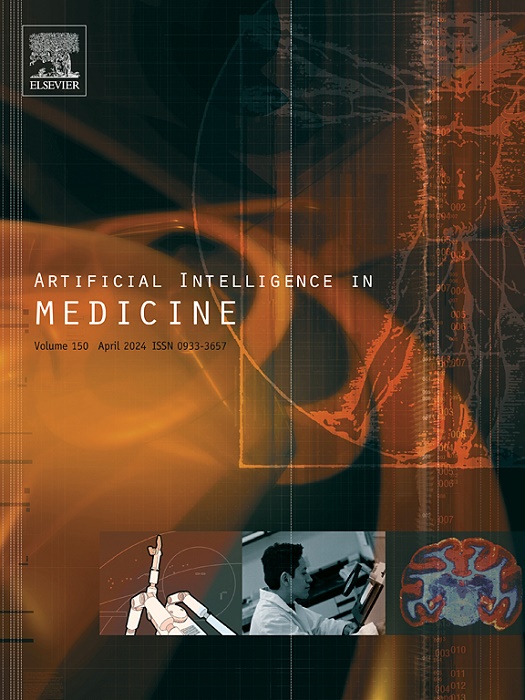基于邻域重要抽样的多标签药物相互作用预测记忆相互作用神经网络
IF 6.2
2区 医学
Q1 COMPUTER SCIENCE, ARTIFICIAL INTELLIGENCE
引用次数: 0
摘要
多种药物的联合使用经常会导致药物相互作用(ddi),包括可能增加发病率和死亡率的药物不良反应(adr)。由于药理学的复杂性,确定潜在的ddi是一项重大挑战。知识图谱的最新进展为DDI预测做出了贡献,它为表示药物与其他实体(如蛋白质、疾病和药物属性)之间的各种关系提供了一个健壮的框架。然而,当前基于网络的模型通常无法揭示DDI三元组之间的交互信息,因为它们通常对三元组进行独立编码。此外,均匀采样方法可能会忽略相邻节点属性的差异。在这项工作中,我们提出了一种新的记忆交互神经网络用于DDI预测,该网络将药物分子序列与药物知识图的语义信息相结合。具体来说,我们引入了一种邻居重要性采样策略,选择性地对高度连接的邻居进行采样,提高了计算效率并降低了噪声。我们还设计了一个记忆交互模块,该模块利用多头注意机制和深度神经网络来捕获DDI三元组之间的交互。在KEGG和OGB-biokg数据集上的实验评估表明,与经典和最先进的方法相比,我们的模型在预测ddi方面具有优势。该ddi预测模型的数据集和代码可在https://github.com/wj1108114106/Multi-label-DDIs上免费获取。本文章由计算机程序翻译,如有差异,请以英文原文为准。
A novel memory interaction neural network for multi-label drug–drug interaction prediction with neighbor importance sampling
Co-administration of multiple drugs can frequently cause drug–drug interactions (DDIs), including adverse drug reactions (ADRs) that may increase the likelihood of morbidity and mortality. Identifying potential DDIs presents a significant challenge, due to the complexity of pharmacology. Recent advances in knowledge graphs have contributed to DDI prediction by providing a robust framework for representing various relationships between drugs and other entities, such as proteins, diseases, and drug attributes. However, current network-based models often fail to uncover interaction information among DDI triplets, as they typically encode triplets independently. Additionally, uniform sampling methods may overlook differences in neighboring node properties. In this work, we propose a novel memory interaction neural network for DDI prediction, which integrates drug molecular sequences with semantic information from the drug knowledge graph. Specifically, we introduce a neighbor importance sampling strategy that selectively samples highly connected neighbors, improving computational efficiency and reducing noise. We also design a memory interaction module that utilizes multi-head attention mechanisms and deep neural networks to capture interactions among DDI triplets. Experimental evaluation on KEGG and OGB-biokg datasets demonstrates the superiority of our model compared to classical and state-of-the-art methods in predicting DDIs. Datasets and code for this proposed DDIs prediction model are freely accessible at https://github.com/wj1108114106/Multi-label-DDIs.
求助全文
通过发布文献求助,成功后即可免费获取论文全文。
去求助
来源期刊

Artificial Intelligence in Medicine
工程技术-工程:生物医学
CiteScore
15.00
自引率
2.70%
发文量
143
审稿时长
6.3 months
期刊介绍:
Artificial Intelligence in Medicine publishes original articles from a wide variety of interdisciplinary perspectives concerning the theory and practice of artificial intelligence (AI) in medicine, medically-oriented human biology, and health care.
Artificial intelligence in medicine may be characterized as the scientific discipline pertaining to research studies, projects, and applications that aim at supporting decision-based medical tasks through knowledge- and/or data-intensive computer-based solutions that ultimately support and improve the performance of a human care provider.
 求助内容:
求助内容: 应助结果提醒方式:
应助结果提醒方式:


